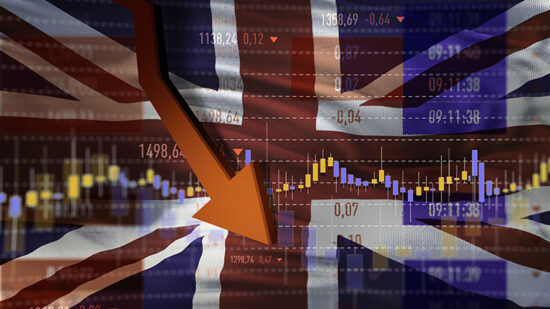When advising clients who intend to move abroad there are a number of principles an adviser must be able to explain to clients, such as residency and domicile, which are key to determining the client’s future tax position.
The client’s long term goals must also be considered, such as whether they intend to stay abroad permanently, which will impact on any plans put in place and can help to determine if the client should move their assets; for example, a personal pension, abroad.
Currency will also play a role in financial planning and is an area that advisers should address one that clients must understand.
Exchange rates can play a role when all investments and pension payments are being made in sterling and living expenses are in a different currency. For most investors, the volatile stock markets will have had an impact on any investments.
The accompanying currency market fluctuations may have also had an impact, if not on the value of these investments, then certainly on the purchasing power of this money; particularly for expats. This will almost certainly be the case if money is saved and/or invested in one currency and then withdrawn to spend in another.
Cheques and Balances
Exchange rates present a degree of risk about which that investors should be aware. Minimising the number of currency variations, especially when withdrawing money, can help reduce this risk, although sometimes currency variations can be advantageous, but relying upon this would be highly risky.
When explaining the impact of currency on investments to clients it may be helpful to use an example:
Tom and Patricia, both in their early sixties, retired to Southern Europe in 1999 with savings of £250,000. They estimated that they required €10,000 each year to supplement their income. Based upon the then current exchange rate they would need to draw down approximately £7,110 each year. This would mean that their savings would last around 35 years which they felt would be sufficient.
The table below shows the subsequent variations in the amount of savings they needed to drawdown when converting their income each year.
Date Exchange rate Savings needed to provide €10,000 Savings remaining
04/01/1999 0.711 £7,110 £242,890
04/01/2000 0.6296 £6,296 £236,594
04/01/2001 0.6326 £6,326 £230,268
04/01/2002 0.6217 £6,217 £224,051
03/01/2003 0.65 £6,500 £217,551
05/01/2004 0.7026 £7,026 £210,525
04/01/2005 0.7062 £7,062 £203,463
04/01/2006 0.68815 £6,882 £196,582
04/01/2007 0.6739 £6,739 £189,843
04/01/2008 0.74495 £7,450 £182,393
05/01/2009 0.9358 £9,358 £173,035
*The exchanges rates used are average central bank rates from across Europe which are typically more favourable then retail exchange rates.
After 11 years and with the Euro continuing to strengthen against the pound, Tom and Patricia are starting to worry, as based upon their 2009 withdrawal, their savings will last only a further 18 years rather than the expected 24.
Timing considerations
If they had chosen to exchange their savings immediately then £250,000 would have bought €351,617 on 4/1/1999. Allowing for 11 years income of €10,000 this would leave them with €241,617 whereas £173,035 as at 5/1/2009 (exchange rate of 0.9358) equates to only €184,906.
So in this example Tom and Patricia would have been over 30% better off having converted their savings in 1999.
They then consider whether to exchange their remaining savings into Euros in order to provide greater certainty and effectively ‘bank’ the 18 years savings they have before this reduces further. However, knowing that the current exchange rates are relatively low means that they are hesitant and tempted to hold off until rates improve.
They are also wary of committing themselves to the Euro by converting all their savings to Euros in case they should later need to return to the UK. They feel that there is a high chance that Sterling will strengthen and the exchange rates could in the future be unfavourable, further depleting their savings.
In the above example, for simplicity, no interest has been assumed. As a result some savers may seek higher interest rates from other currencies or investors may try to find greater returns. Whilst this can help lessen the impact of inflation and potentially increase the value of savings and/or investments, they do all introduce further layers of currency risk.
Be prepared
As seen in recent times, volatility and unpredictability of a currency’s relative value means that there is always a risk that returns will be adversely affected just at the time that there is a need to withdraw money. Whilst it is not generally possible to completely remove currency risk, making clients aware of its impact and knowing what to look out for allows a considered decision to be made.
Rachael Griffin is head of tax and product law for Skandia International








